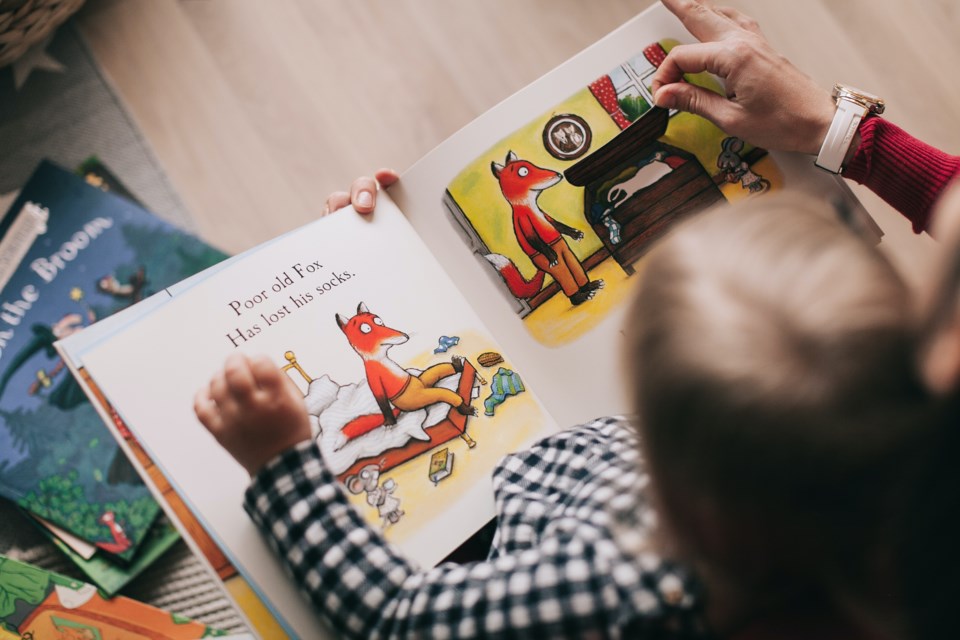The Longmont Leader accepts contributions, photos, letters to the editor, or LTEs, and op-eds for publication from community members, business leaders and public officials on local topics. Publication will be at the discretion of the editor and published opinions do not represent the views of the Longmont Leader or its staff. To submit a contribution, email [email protected].
An infant’s brain is about a quarter of the size of an adult brain, but it grows incredibly to twice that size within the first year. The Center on the Developing Child at Harvard University uses the metaphor of “brain architecture.” Brains are built from the bottom up, so just as a weak foundation compromises the quality and strength of a house, adverse experiences in early childhood can impair brain architecture, with negative effects lasting into adulthood.
Fortunately, the opposite is also true: positive experiences with playful interactions in nurturing environments build strong foundations for children. This is why it is so important to expose growing children to varied experiences in safe and stimulating environments. According to the Cleveland Clinic, the benefits of reading to babies cannot be overstated: it builds their language skills, strengthens the bonds between the infants and their caretakers, and teaches important emotional cues.
A 2019 study found that babies who are read to every day are exposed to 78,000 words each year. They used data from 60 commonly read children’s books to estimate the number. Over a five-year period, this means kids who are read to from birth to five years are being exposed to 1.4 million more words than children who are not (Journal of Developmental & Behavioral Pediatrics).
Other sorts of verbal interaction or “language rich experiences” also feed the babies’ brains. Some parents may not be able to read, but the large majority can engage in language rich interactions with their children. Clearly, plunking a child in front of the television to improve their vocabulary does not work. Simply hearing words is not sufficient: the interaction between child and caregiver matters.
Researchers identified this key ingredient in brain development as “serve and return.” This is the interaction that occurs between a child and an adult when an infant babbles, gestures, or cries; and an adult responds appropriately with eye contact, words, or hugs. This interaction stimulates and strengthens neural connections that support the development of communication and social skills in the child’s brain. However, if the adult response is inappropriate or absent, the normal brain development does not take place. What’s more, if this happens over and over, it is a “double whammy:” not only does the brain not receive the positive stimulation it needs, but the body’s stress response is activated, flooding the developing brain with potentially harmful stress hormones.
In Longmont, the OUR Center (Outreach United Resource Center) has been using LENA Start to help parents accelerate language development in children birth to 3. Statistically, children in lower- income households hear fewer spoken words than peers from higher-income families, putting them behind in vocabulary, brain development and school readiness. The children wear recording devices that collect conversations between themselves and the adults at home. This “auditory snapshot” is used by counselors to track their progress and to coach parents and caregivers to enhance language skills at home. The thirteen-week program is held at the OUR Center.
Another program, Playful Learning, founded by Educator Mariah Bruehl, offers ideas for creative play. She explains her philosophy: “We believe that all children are budding scientists, artists, mathematicians, authors, and scholars and have an inherent drive to learn and make a positive impact on the world. Playful Learning is the magic that takes place when you meld a child’s natural sense of curiosity with thoughtfully planned learning experiences.”
Children and Teens’ Librarian at the Longmont Public Library, Claire Studholme, oversees the free programs the library offers to young children and their families. The weekly Baby Storytime for birth to 2-year-olds is especially popular with 40-45 people attending each week. She describes one grandmother who drives from Estes Park to bring her grandchild to Storytime. Studholme would like to be able to offer this program every day; however, any person well informed about the crisis in early childhood programs would not be surprised by the reason: they have neither the funds not the staff to provide additional activities at this time.


.jpg;w=120;h=80;mode=crop)